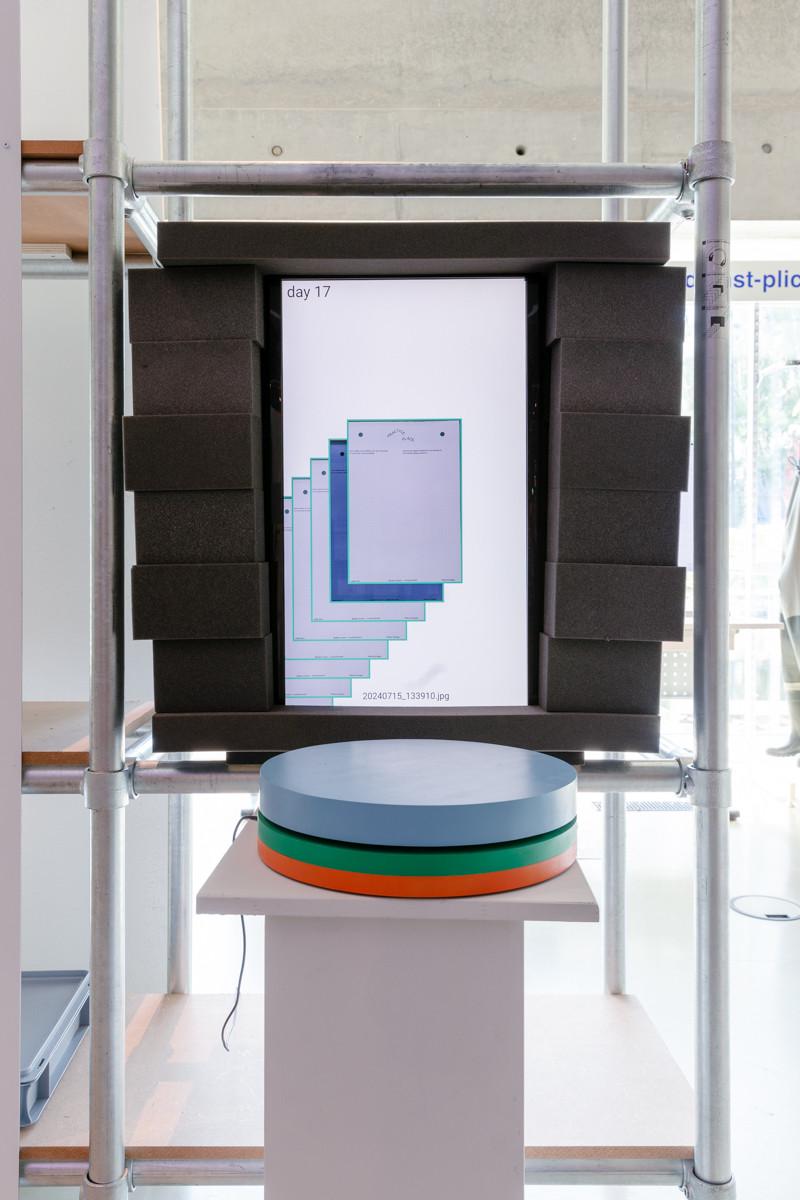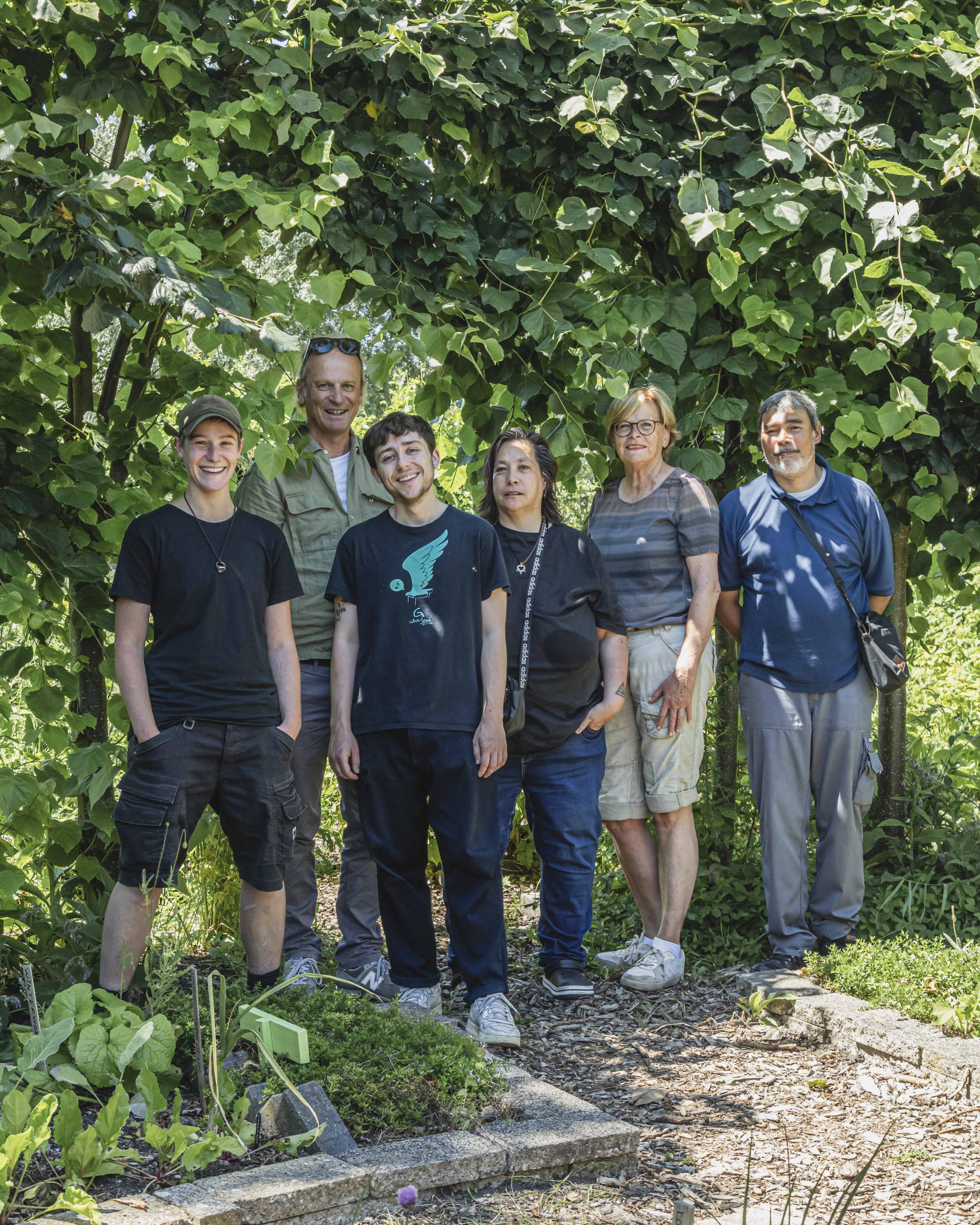ARCH+ The Business of Architecture published a PDF about Nature of Hope, providing insights into how architecture can address contemporary crises and reshape our relationship with the environment, materials, and communities. Saskia van Stein, Janna Bystrykh, Hani Salih, Noortje Weenink, Catherine Koekoek and Alina Paias all wrote a short piece for this publication. You can find all English publications of ARCH+ here.
Originally published in ARCH+ The Business of Architecture (September 2024)
Liaison-Building as a Cultural Strategy by Saskia van Stein:
This section explores the role of architecture and urban planning in addressing socio-ecological crises. It emphasizes how the discipline must confront its complicity in material extraction, labor exploitation, and CO2 emissions. The piece also introduces the central theme of the 2024 IABR, Nature of Hope, as a space for critical reflection and action to create sustainable, regenerative futures.
Learning from Land-Based Practices by Janna Bystrykh:
Janna discusses the concept of regenerative practices, originally from organic farming, and its application to architecture. By integrating biodiversity, soil health, and community-building, she advocates for a shift toward ecological design that focuses on restoring ecosystems and enhancing human well-being.
Infrastructure and Systems by Hani Salih:
This section delves into how infrastructure and design influence and are influenced by political and economic systems. It highlights the need for architects to rethink the layers of infrastructure, consumption, and value systems that shape the built environment and suggests new ways of connecting systems and fostering resilience.
Resistance as (Architectural) Practice by Noortje Weenink:
Noortje explores how architecture can be a tool for activism and resistance. She presents examples such as Extinction Rebellion’s The Beacon, which illustrates how architecture can empower social movements and challenge systemic structures through physical and symbolic actions.
Collective Work and Knowledge by Alina Paias:
Alina discusses the importance of alliances over collaborations in architectural practice. She highlights examples of collective work and skill exchanges, focusing on how non-commercial, community-based efforts can redefine the way architects engage with space and materials, often learning from traditional communities and marginalized voices.
Practice Place: Conditions for Hope by Catherine Koekoek:
Catherine emphasizes the need for architecture to adopt ecological approaches by transforming both its processes and materials. She argues that creating conditions for regenerative practices requires collective exploration, activism, and collaboration, aiming to reimagine the future of the discipline through the assembly of diverse perspectives.




